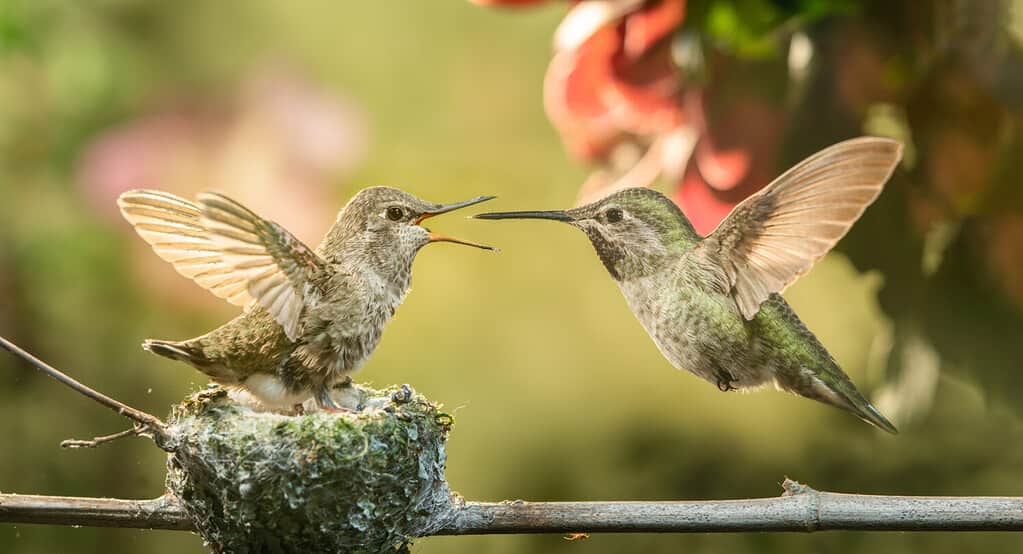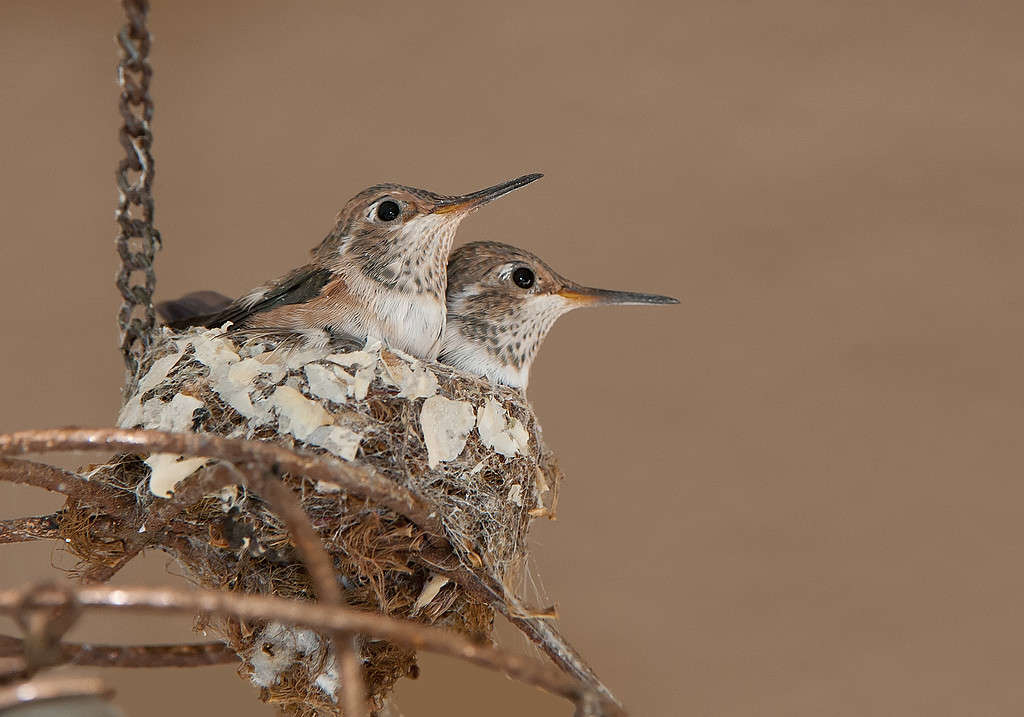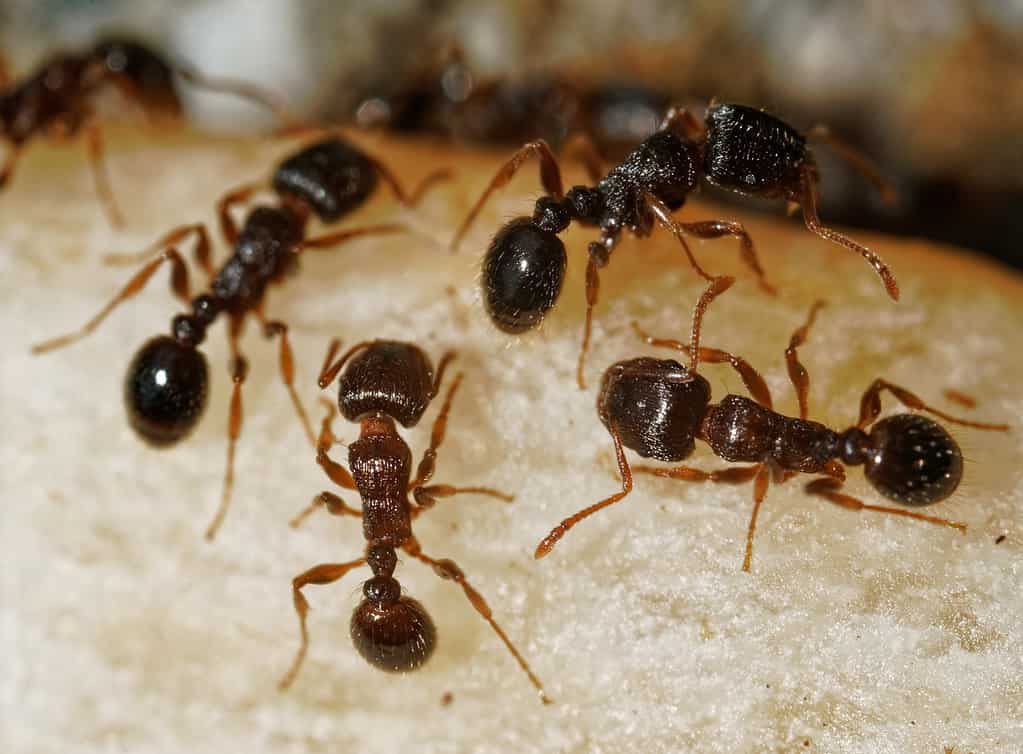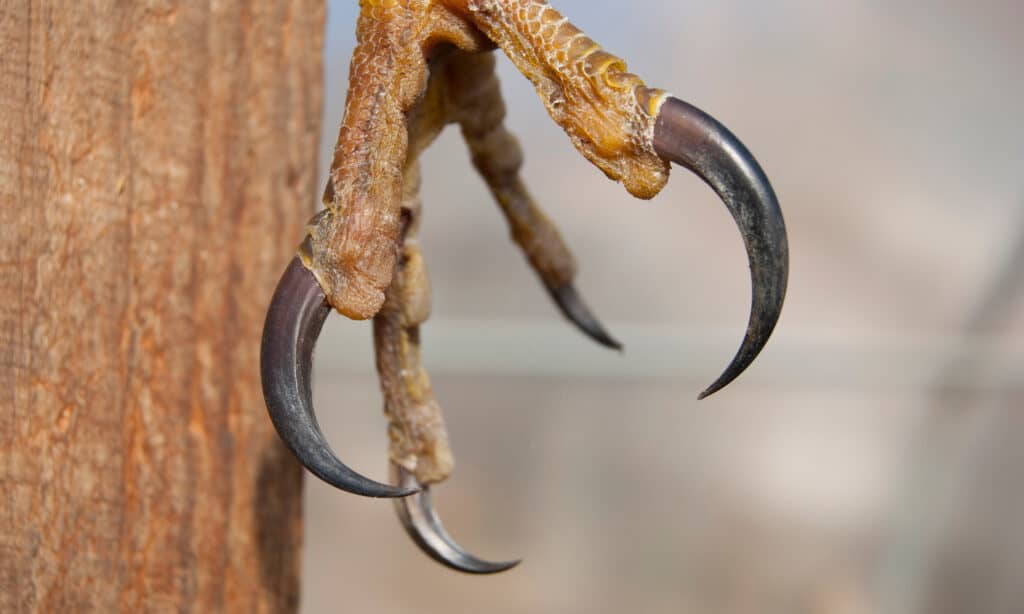Birds are some of the most majestic creatures in existence. The way they soar through the sky when they’re getting from point A to point B is beautiful to witness. Have you ever wondered how a bird is able to hear things, though? Do birds have ears? One of the ways birds communicate with each other is through the chirps and sounds they make. It’s clear they have ears in some capacity, but where exactly are they located? When you analyze the physique of a bird, there aren’t any physical ears poking out anywhere the way humans have. Here’s what you should know.
Birds Have Ears That Humans Can’t Easily See

It isn’t easy to see the ears of a bird, but that doesn’t mean they aren’t there.
©Freebilly Photography/Shutterstock.com
Since human beings have ears that stick out on both sides of our heads, it’s easy to assume that other creatures would be designed similar in that way. Britannica explains that birds do have ears, but they aren’t designed in the same way human ears are. While there are inner ears and middle ears inside humans and birds alike, birds don’t have an external ear structure to be analyzed. The opening for their ears is funnel-shaped and located a short distance beneath their eyes. Their ears stay safe and protected thanks to something called auriculars. Their auriculars are soft, barbless feathers that are perfectly placed for this reason.
How is a Bird Capable of Hearing?

Birds can hear things through frequencies.
©roclwyr/iStock via Getty Images
Birds can hear, but it’s in a different way than what humans experience. Noises register at different frequencies on both sides of a birds’ head. More specifically, things they hear in their right eardrum occasionally sound different compared to things they hear from their left eardrum. It all depends on the frequency of the sound. Since birds can hear things based on frequency in a way humans will never understand, it’s far easier for birds to track down the origin of a sound. This comes in handy when they’re trying to escape predators or hunting for something to eat.
Some Birds Love Bathing in Ants

“Anting” is an activity birds in nature occasionally enjoy.
©Bradley Rentz, CC BY-SA 4.0 – License
The ears of a bird are naturally protected thanks to their inner placement on a bird’s body, but what about the feathers that cover them from top to bottom? Some birds take part in a behavior called “anting,” which may very well be connected to the health of their feathers. Songbirds, in particular, love doing this! Although scientists haven’t fully deciphered the reasons why, when birds covers themselves in ants, it seemingly helps them fight back against any parasites or unwanted organisms buried in their feathers. Thanks to the formic acid ants carry, parasites living inside the feathers of a bird get eaten up.
Some Birds Can Sleep While in the Air

Birds are capable of catching some z’s while in flight.
©Henner Damke/Shutterstock.com
It’s totally possible for birds to fall asleep while they’re in the middle of flying. Since birds are known to be light sleepers, falling asleep while flying isn’t the most dangerous thing for them. They’ll quickly awaken and jump into action at any sign of danger. A bird who feels threatened will remain on alert, whether it’s flying somewhere or perched on a branch. A bird who feels calm knowing that there aren’t any predators around will allow itself to get some rest. If their rest happens to take place while they’re soaring through the sky, they are perfectly fine with that. Frigatebirds, for example, have been studied for their constant desire to take naps while flying.
Birds Use Their Claws For Hunting, Resting, and Protection

Bird claws have multiple purposes that all matter.
©iStock.com/Alla Orlova
All birds have claws, which are also known as talons. When a bird is hungry for a meal, it will use its talons to grab whatever critters it can find. Some of these critters include other smaller birds, fish, rats, and insects. They also enjoy eating grain, nuts, berries, fruit, and seeds. Birds use their talons to rest when they need to give their wings a break from flying.
Their talons can easily grab onto different ledges, branches, and sturdy surfaces while they wait for their bodies regain energy to continue their travels. Lastly, their claws come in handy for protection. If a bird is being attacked by a predator, their claws can dig into a predator with enough force to cause some damage. Some of the most common predators of birds include squirrels, cats, foxes, and coyotes. Bats can also be incredibly ruthless when it comes to tracking down birds for dinner.
There are over 18,000 bird species around the globe

There are so many beautiful species of birds to admire in the world.
©Bonnie Taylor Barry/Shutterstock.com
Knowing that there are more than 18,000 bird species living on this planet is an exciting fact to acknowledge. As the only animal with feathers, birds are way more special than one might guess. TRVST says that scientists estimated that there were a little more than 10,000 birds in the world back in the day, new research has revealed this much higher number. Since birds can be found on every single continent around the world, it’s not all that surprising that there are so many different species of them. Some of the more common species include Woodpeckers, Hummingbirds, and Seabirds.
The photo featured at the top of this post is © Paul Maguire/Shutterstock.com
Thank you for reading! Have some feedback for us? Contact the AZ Animals editorial team.






